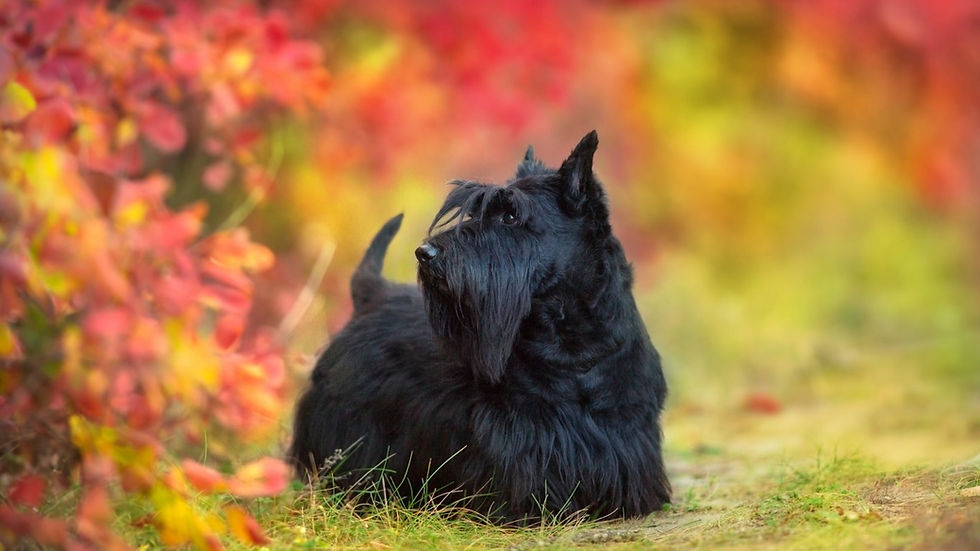Click the tartan to view its entry in The Scottish Registers of Tartans which includes registration details, restrictions, and registrant information.
Unregistered tartans may link to one of the web's online design environments for similar information.
For any questions about reproduction of designs or weaving of these tartans, please contact the registrant directly or via this website.
Indian Summer Days
"Oh, sacrament of summer days,
Oh, last communion in the haze,
Permit a child to join,
Thy sacred emblems to partake,
Thy consecrated bread to break,
Taste thine immortal wine!"
~ Emily Dickinson, Indian Summer, 1896
“Indian summer” is the name long given to that golden and warm period which reappears between the first frost and true winter—an unseasonably warm spell that returns just when winter seems ready to settle in. The term originated in 18th-century North America, describing those still, hazy days of late autumn. Its exact origins are as elusive, though some believe early settlers borrowed the phrase from Native Americans, who used the lingering warmth to finish their harvest. In certain Native stories, this warm reprieve is said to come from the sighs of the southern wind, soft and generous before its long sleep.
Across Europe, these gentle days go by many other names: Old Wives’ Summer, All-Hallows Summer, Gypsy Summer, Little Summer, Badger Summer, or Quince Summer. Elsewhere, they align with saints’ feast days, becoming St. Martin’s Summer or St. Luke’s Summer.
In Ireland, the season is affectionately known as fómhar beag na ngéanna—“the little autumn of the geese.” And in Britain, the old phrase Goose Summer evolved into th word "gossamer", symbolizing the way sunlight illuminates the delicate strands of spider silk which float in the last warm breaths of the season. 💛 🤎 🧡 💛 ☀️ 🕸️
“Indian summer” is a phrase most North Americans use to describe an unseasonably warm and sunny patch of weather during autumn. In U.S. states that experience enough seasonal variation for a brief warming trend to be noticeable, the phenomena is generally observed anywhere from mid-October to early November and normally occurs after the first frost. The warm temperatures are usually accompanied by dry, hazy conditions.
An Indian summer is typically caused by a sharp shift in the jet stream from the south to the north. The warm weather may last anywhere from a few days to over a week and may happen multiple times before winter truly arrives.
To be a true Indian summer, the following generally agreed upon criteria must be met:
Temperatures must be above 70 degrees Fahrenheit for a period of at least seven days or more after the autumnal equinox.
In the Northeastern U.S. and Canada, the heat wave must occur after the first frost.
The origin of the term “Indian summer” is unknown. One theory suggests that early American settlers mistook the sight of sunrays through the hazy autumn air for Native American campfires, resulting in the name “Indian summer.” Others speculate that Native Americans recognized this weather pattern and used the opportunity to gather additional food for the winter.
Indian summer is a common occurrence not only in North America, but also throughout temperate European countries, where it is most commonly called “St. Martin’s Summer,” referring to St. Martin’s Day, which falls on November 11, or “St. Luke’s Summer,” in reference to St. Luke’s Day on October 18.
By designer Carol A.L. Martin, this tartan reflects the muted yellows in autumn when the sun is low in the sky.
Whatever the day, it is a sure sign that winter is coming.
For some Native American summer myths and legends, click the artist's impression of an Indian summer.









